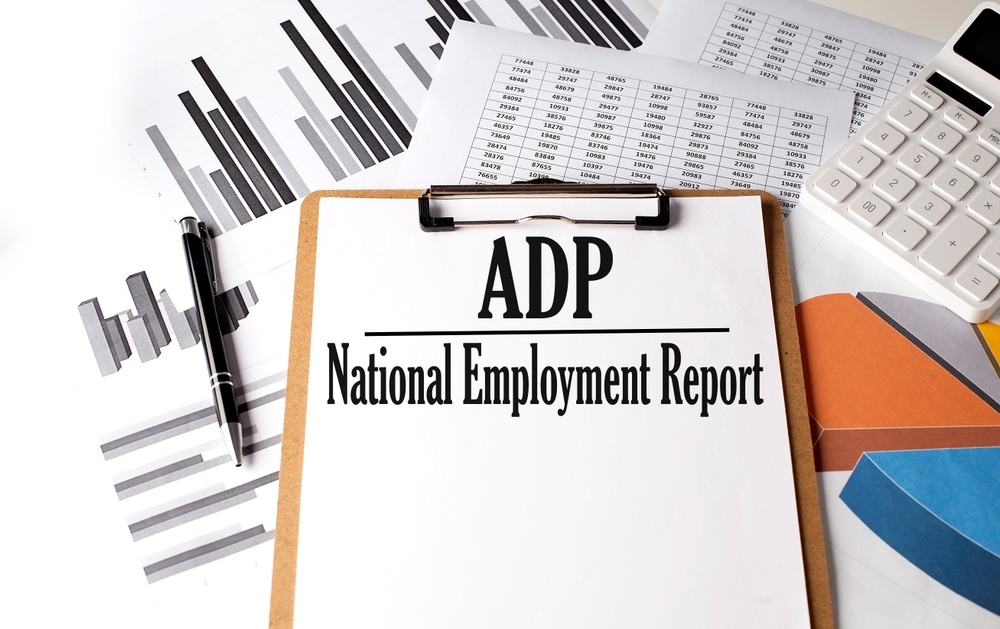U.S. ADP job growth continues to slow in July, payrolls rise to a three-year low
According to the ADP report, new jobs were added in July, at the lowest level in six months and below market expectations, and annual employee payrolls increased at the lowest level since July 2021, according to the report.

ADP employment report, also known as the "small non-farm" report, is released by Automatic Data Processing (ADP) and reflects the employment situation in the US private sector.
This report is based on anonymous data from about 500,000 US businesses and calculates the number of new private sector jobs.
The ADP employment report is considered one of the important indicators of the health of the US economy, providing early insights into the overall labor market.
The Federal Reserve often references this report to assess labor market conditions and adjust monetary policy. If the report shows strong job growth, the Fed may raise interest rates to prevent economic overheating and inflation; conversely, if job growth is weak, the Fed may lower interest rates.
Financial markets are also highly sensitive to the ADP report. Better-than-expected data can be seen as a signal of economic growth, boosting the stock market, while worse-than-expected data can pressure the stock market.
Unlike the non-farm payrolls report, the ADP employment report only covers private sector employment, while the non-farm payrolls report includes both private and public sector employment data, offering a more comprehensive coverage.
According to the ADP report, 122,000 jobs were added in July, the lowest level in six months, below the market expectation of 150,000 and June's 155,000, indicating a cooling labor market. The southern region added 55,000 jobs, being the main growth source, while the Midwest only added 17,000.
In terms of industry, trade, transportation, and utilities added 61,000 jobs, construction added 39,000, leisure and hospitality added 24,000, and education and health services added 22,000. However, professional and business services lost 37,000 jobs, information lost 18,000 jobs, and manufacturing lost 4,000 jobs.
Employee annual wage growth fell to 4.8%, the lowest level since July 2021. The slowdown in wage growth reflects weaker bargaining power for workers and aligns with the Fed's efforts to curb inflation.
ADP's chief economist Richardson stated that the slowdown in wage growth indicates that the labor market is aligned with the Fed's inflation curbing goals, and the market expects a possible rate cut in September. It is expected that July non-farm payrolls will increase by 185,000, down from June's 206,000, with the unemployment rate expected to remain at 4.1%.
Disclaimer: The views in this article are from the original Creator and do not represent the views or position of Hawk Insight. The content of the article is for reference, communication and learning only, and does not constitute investment advice. If it involves copyright issues, please contact us for deletion.